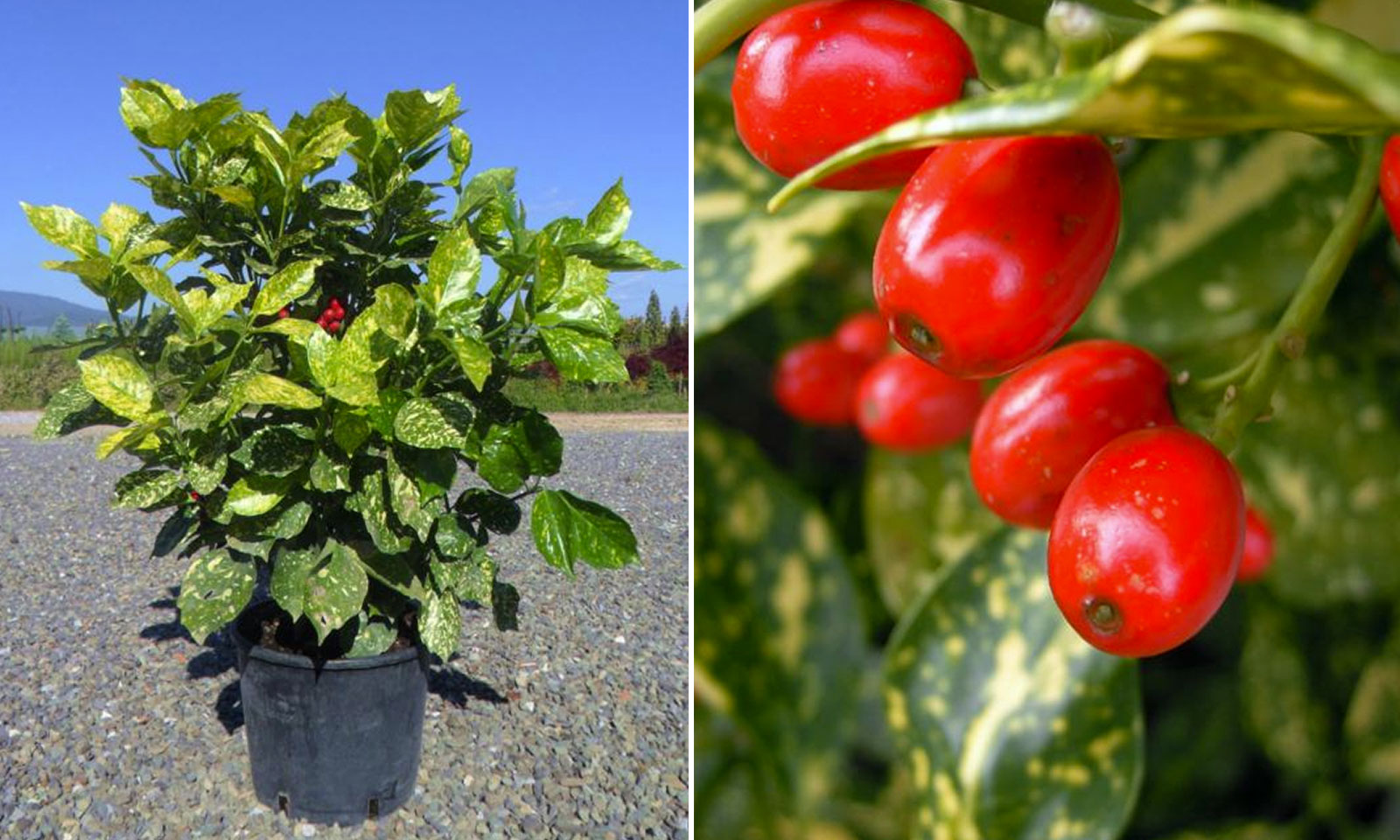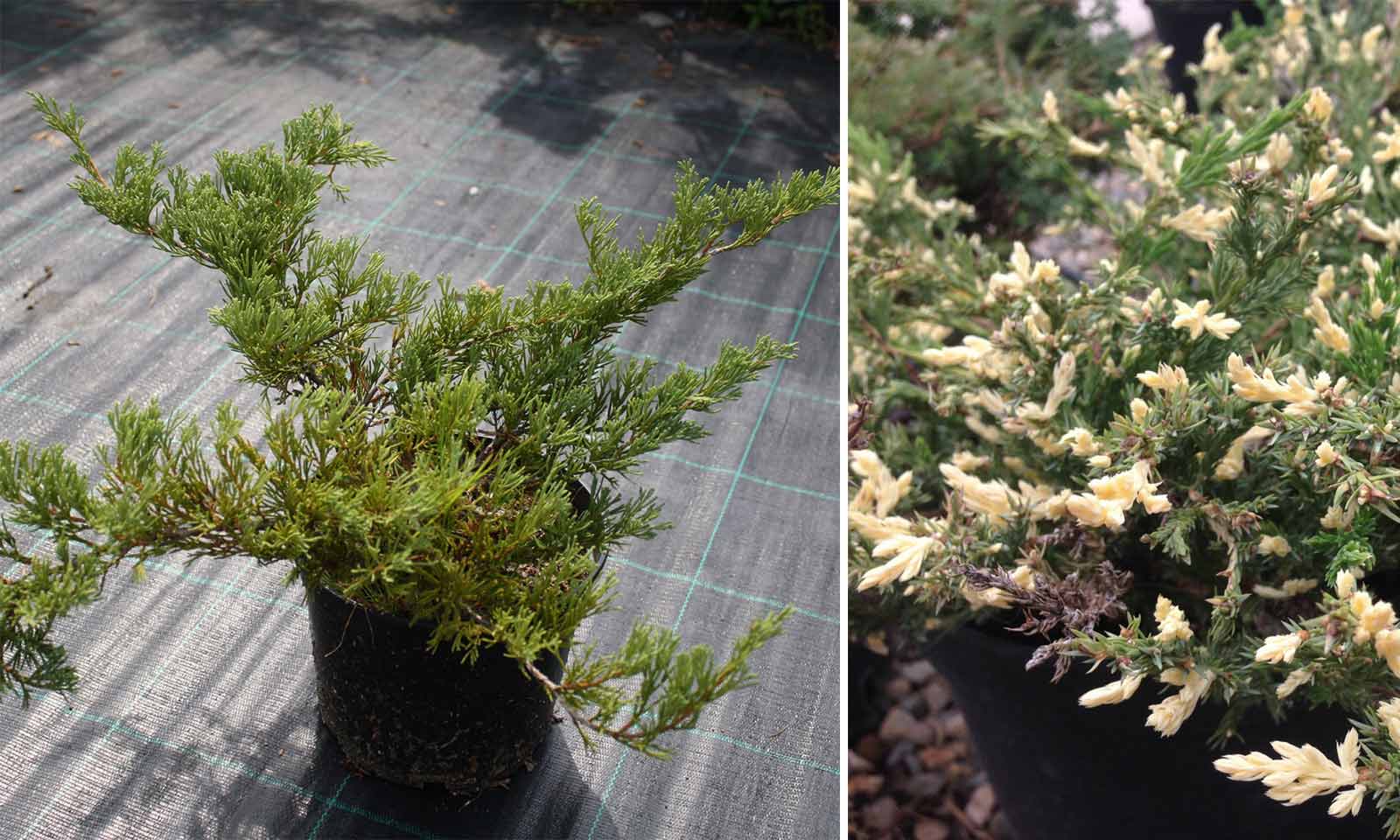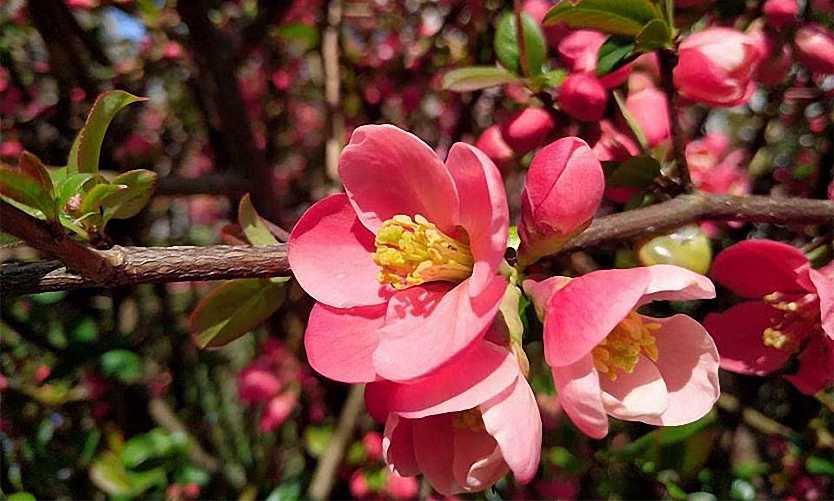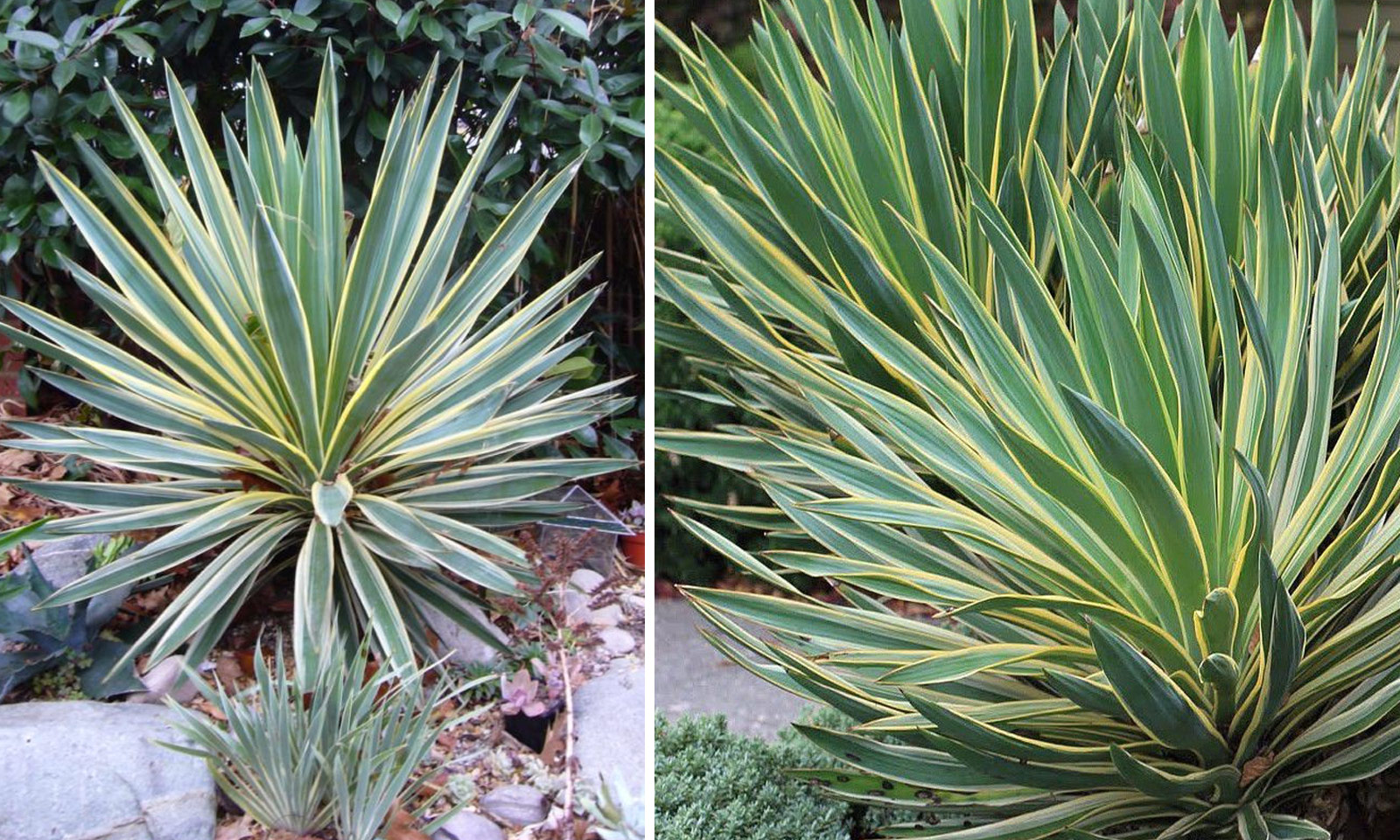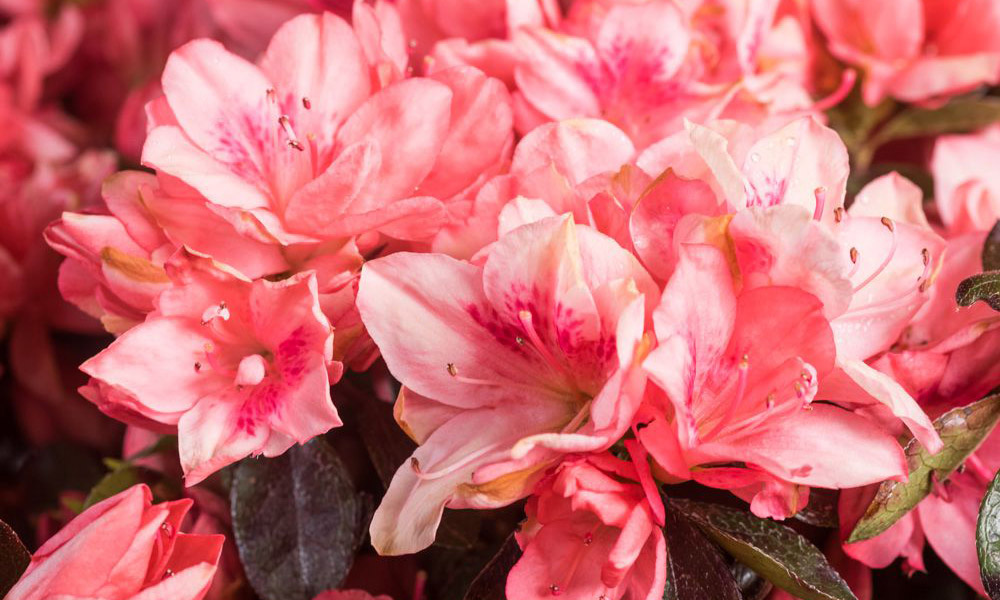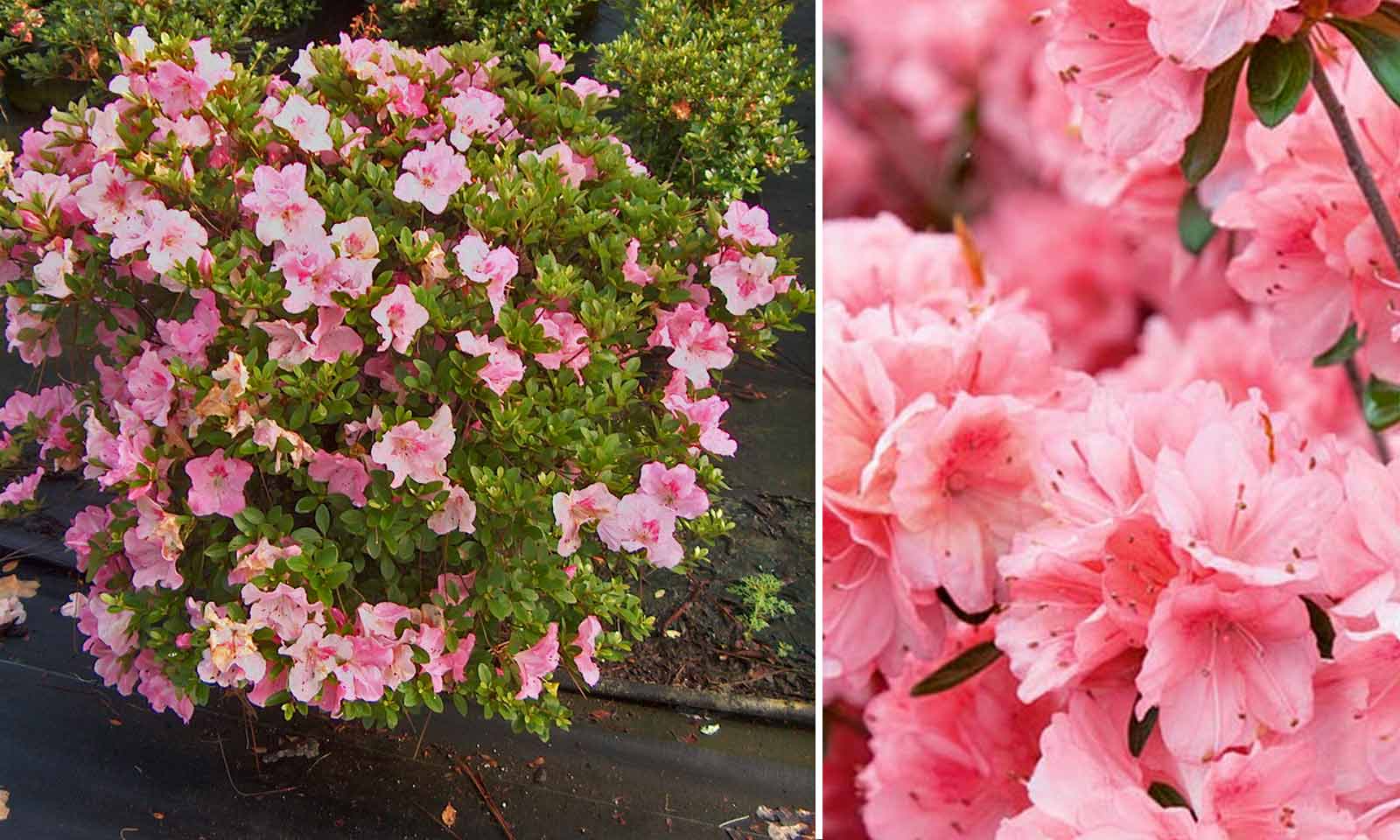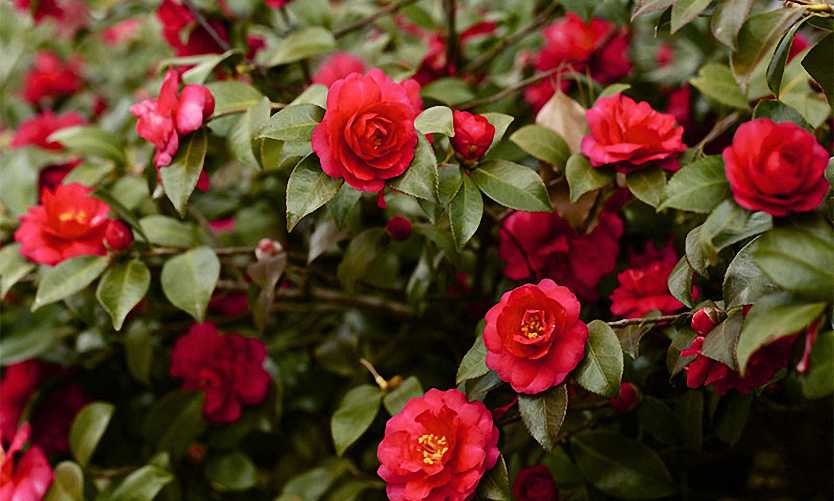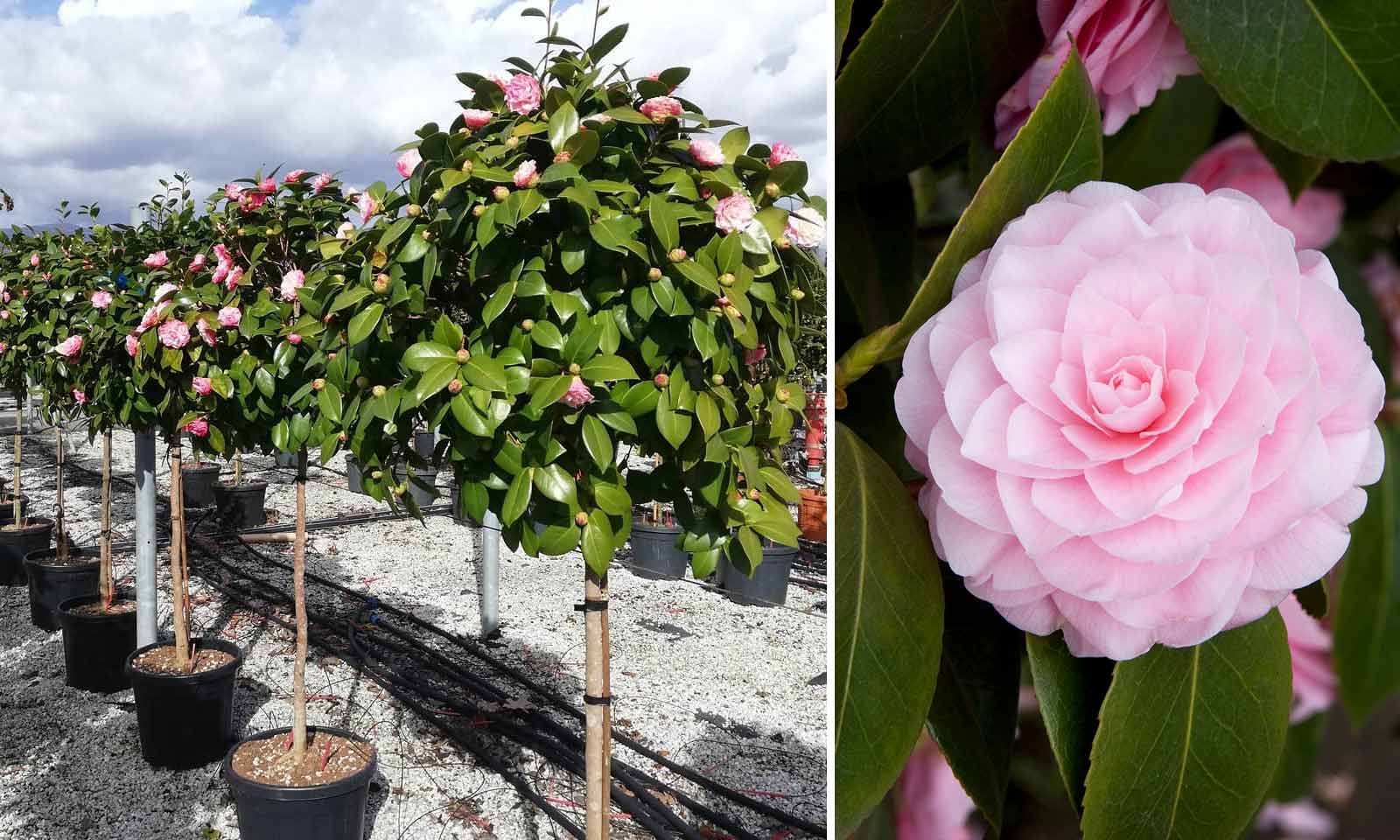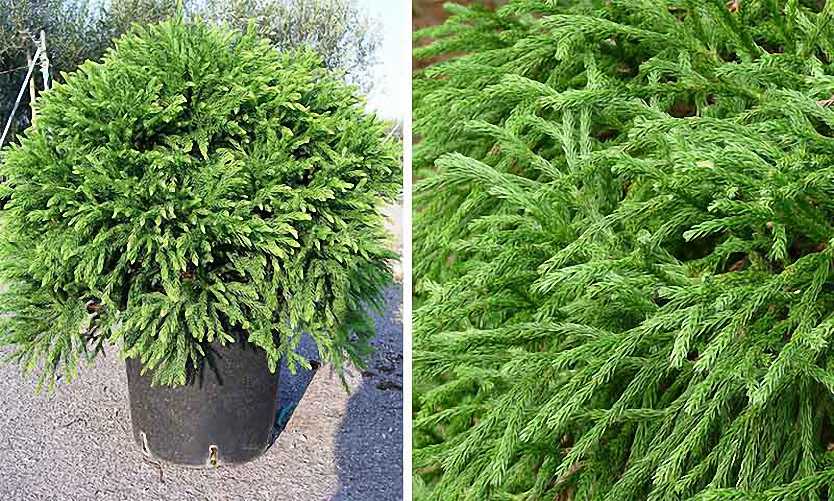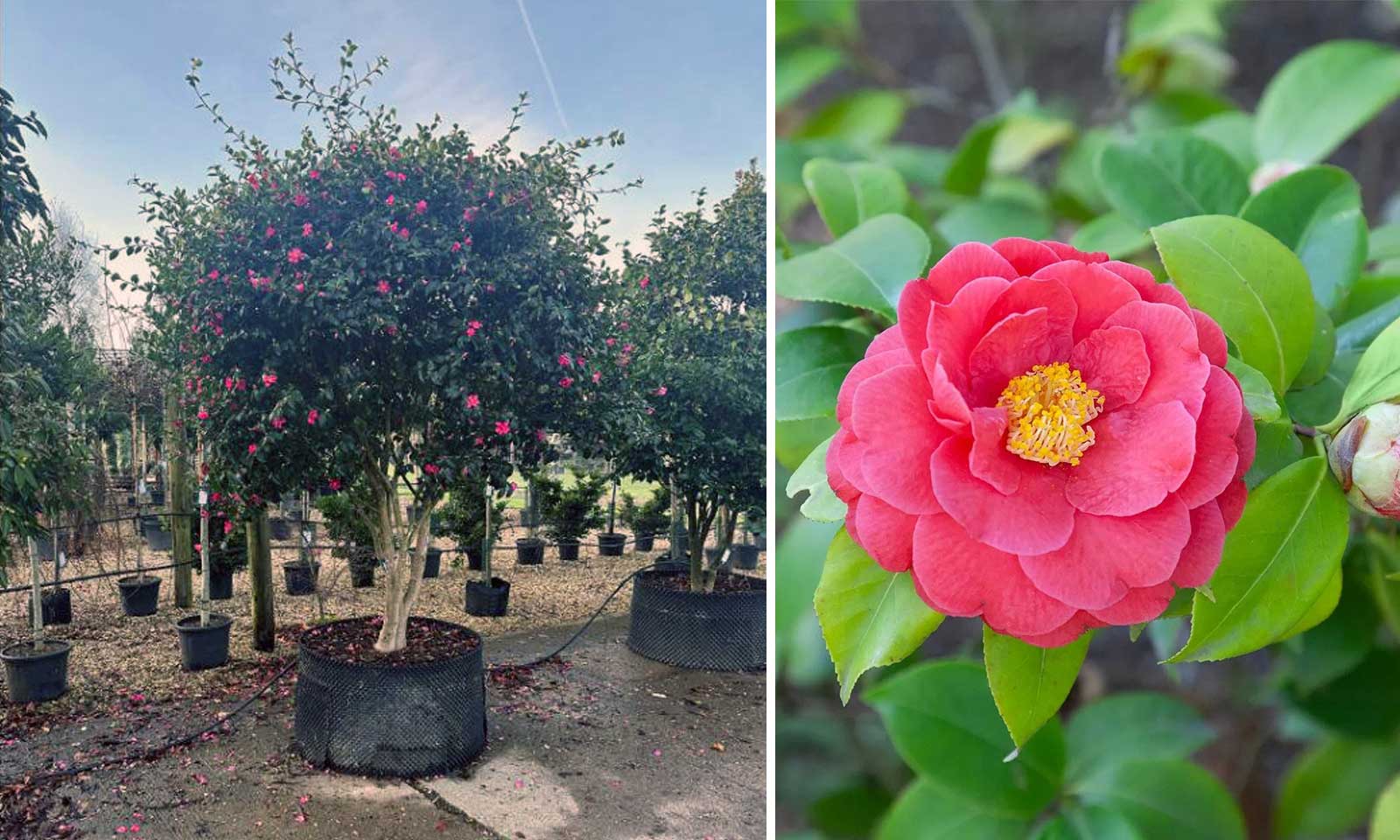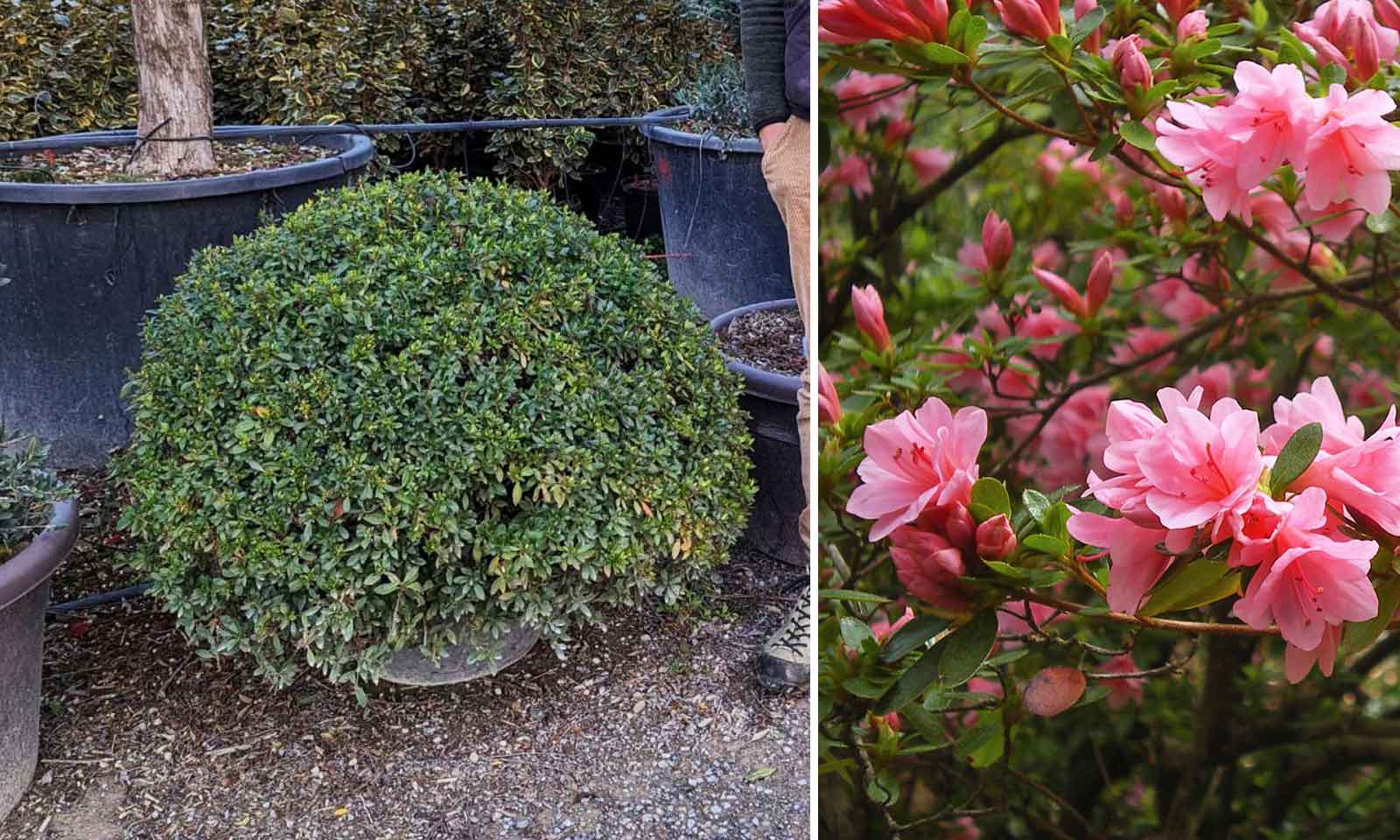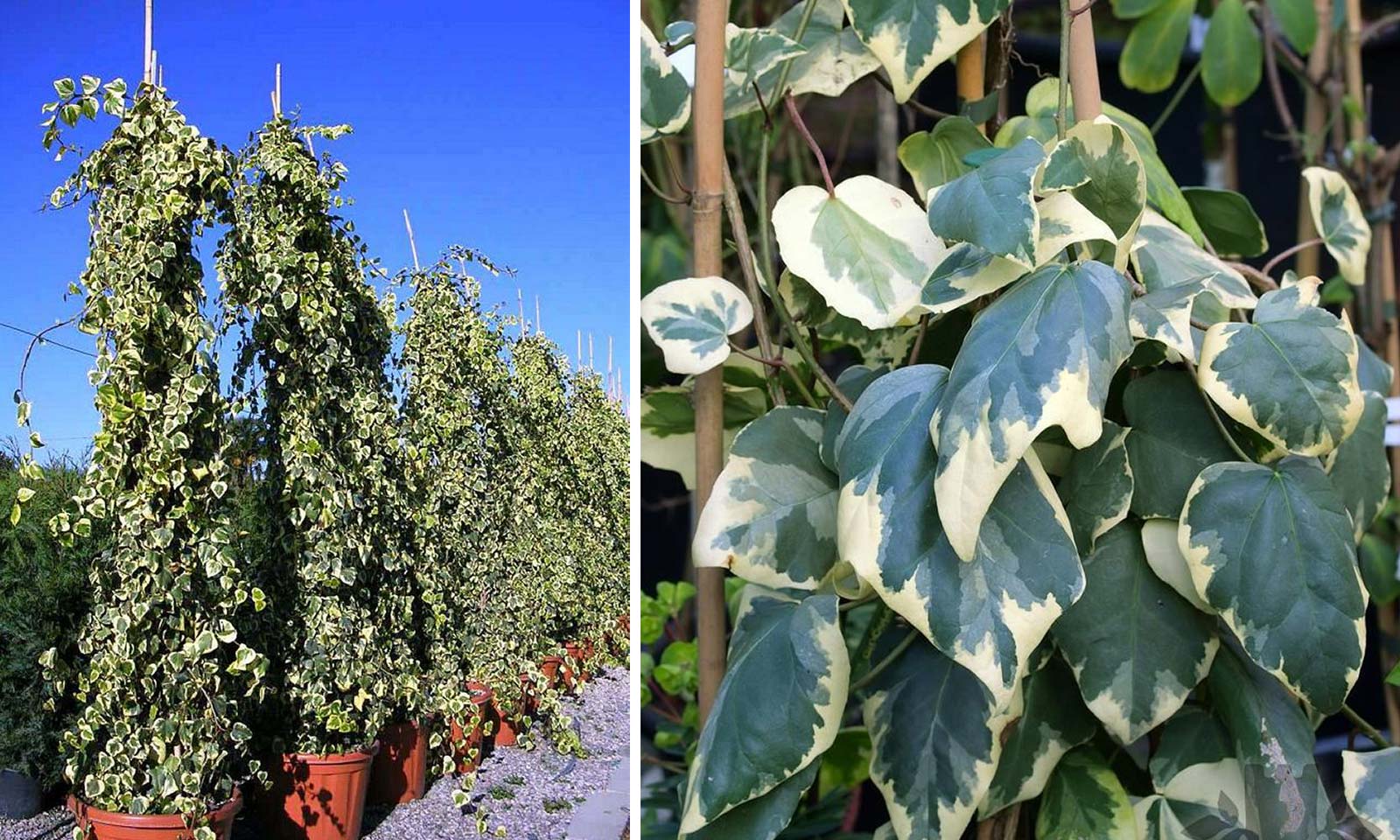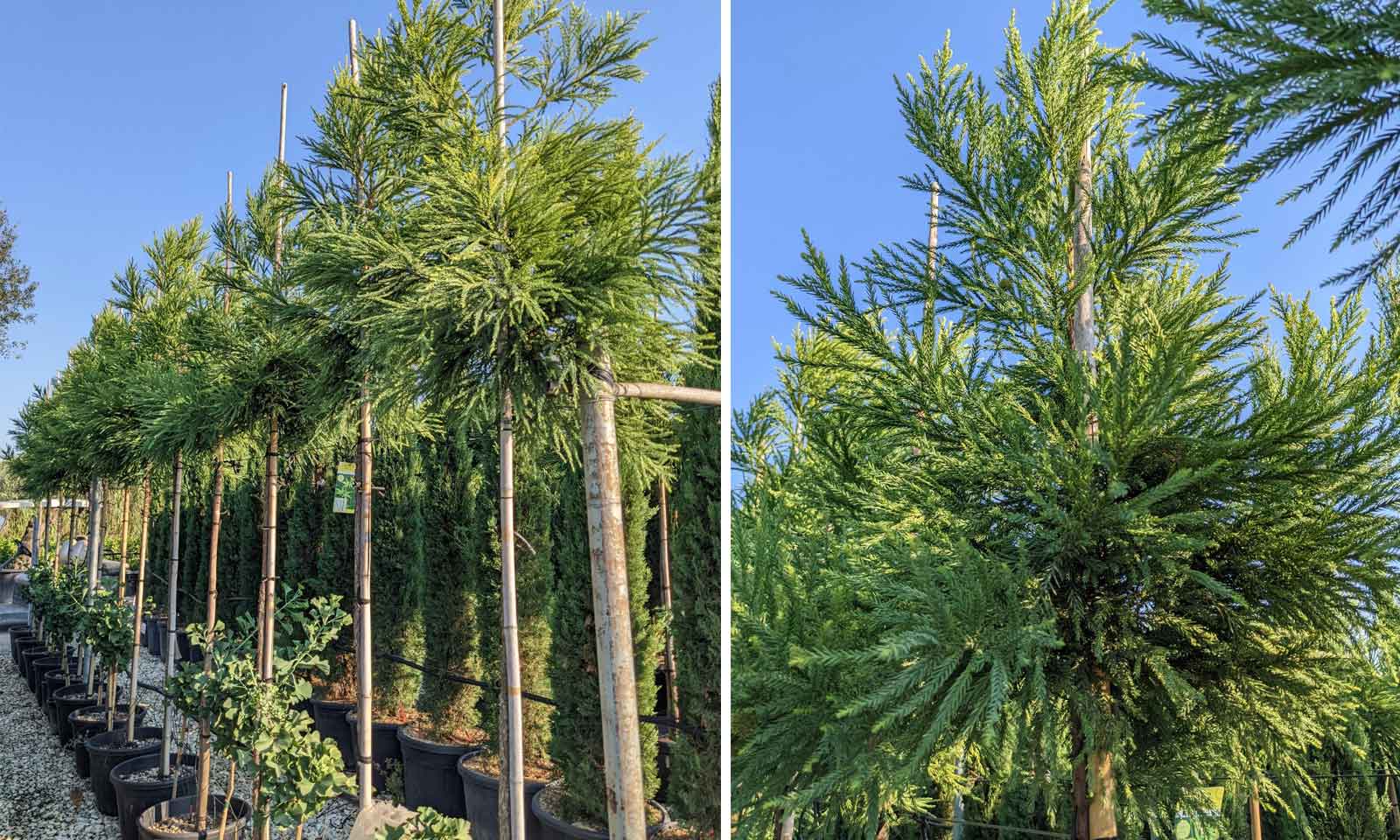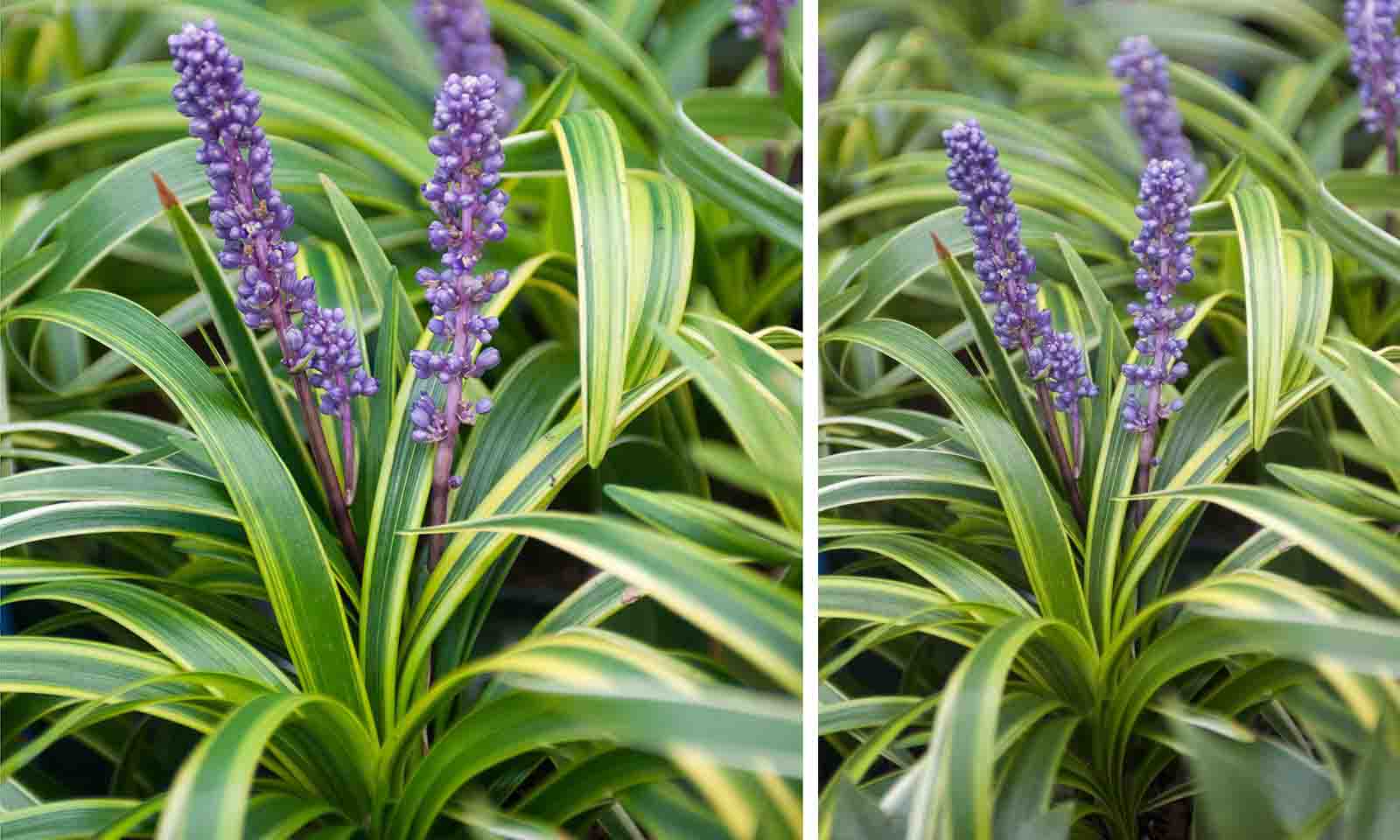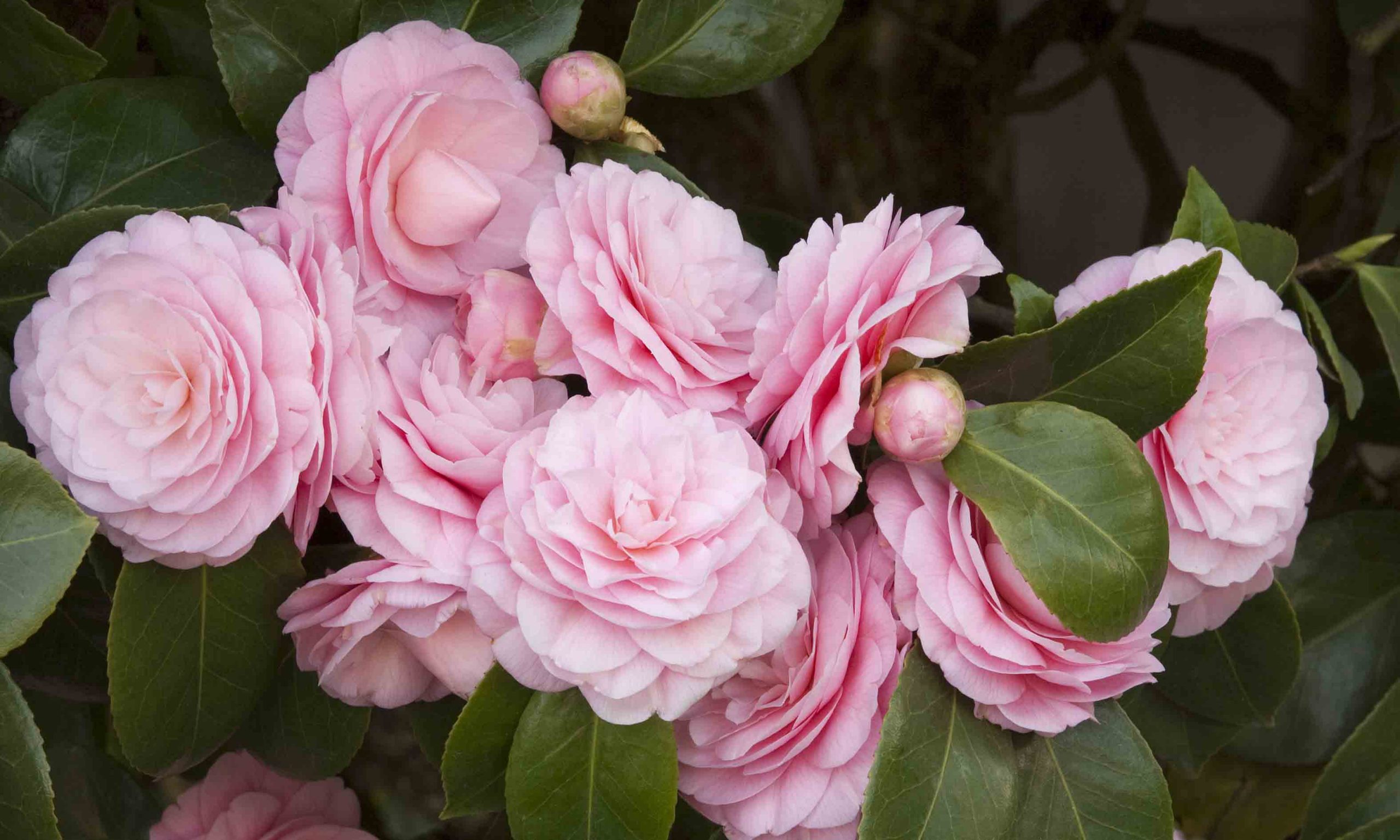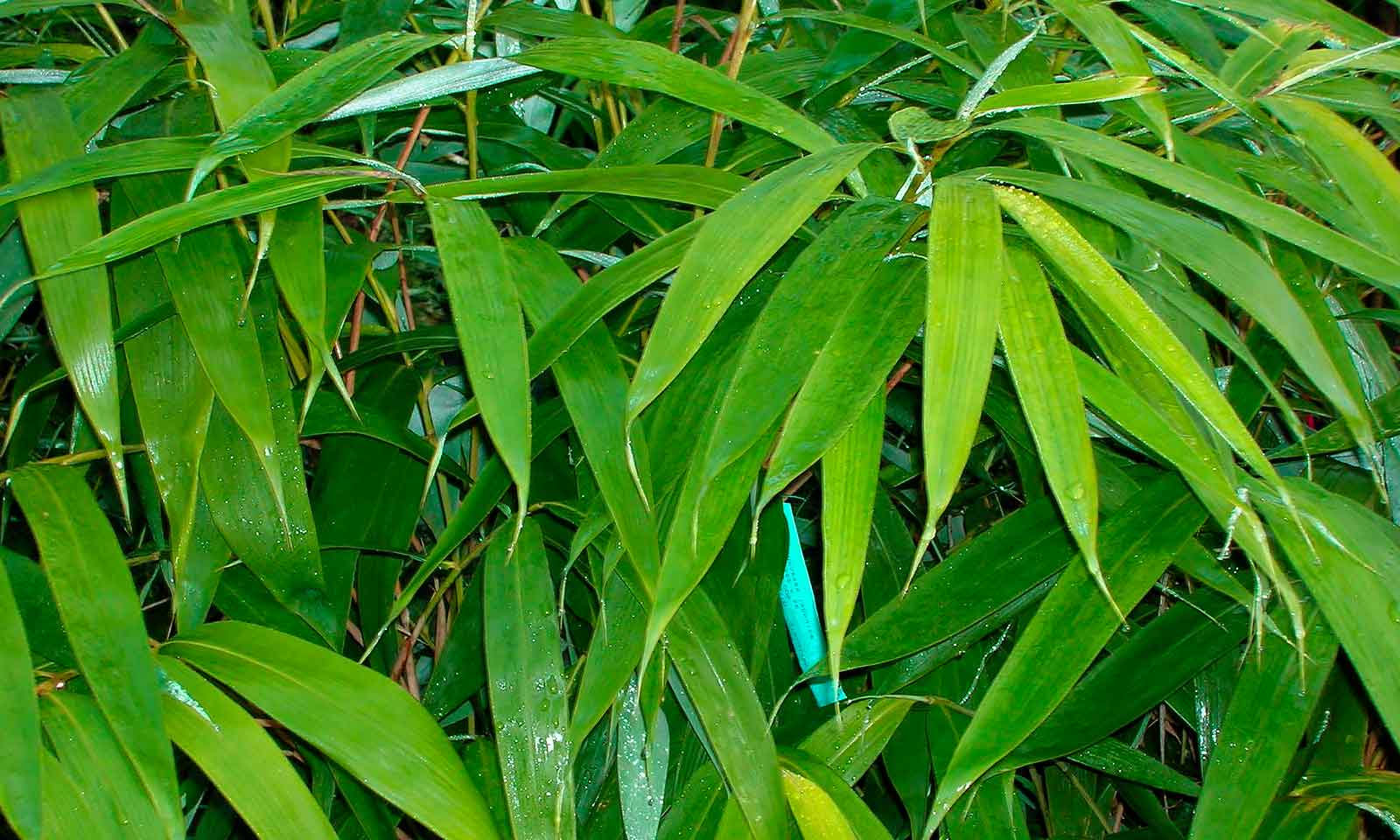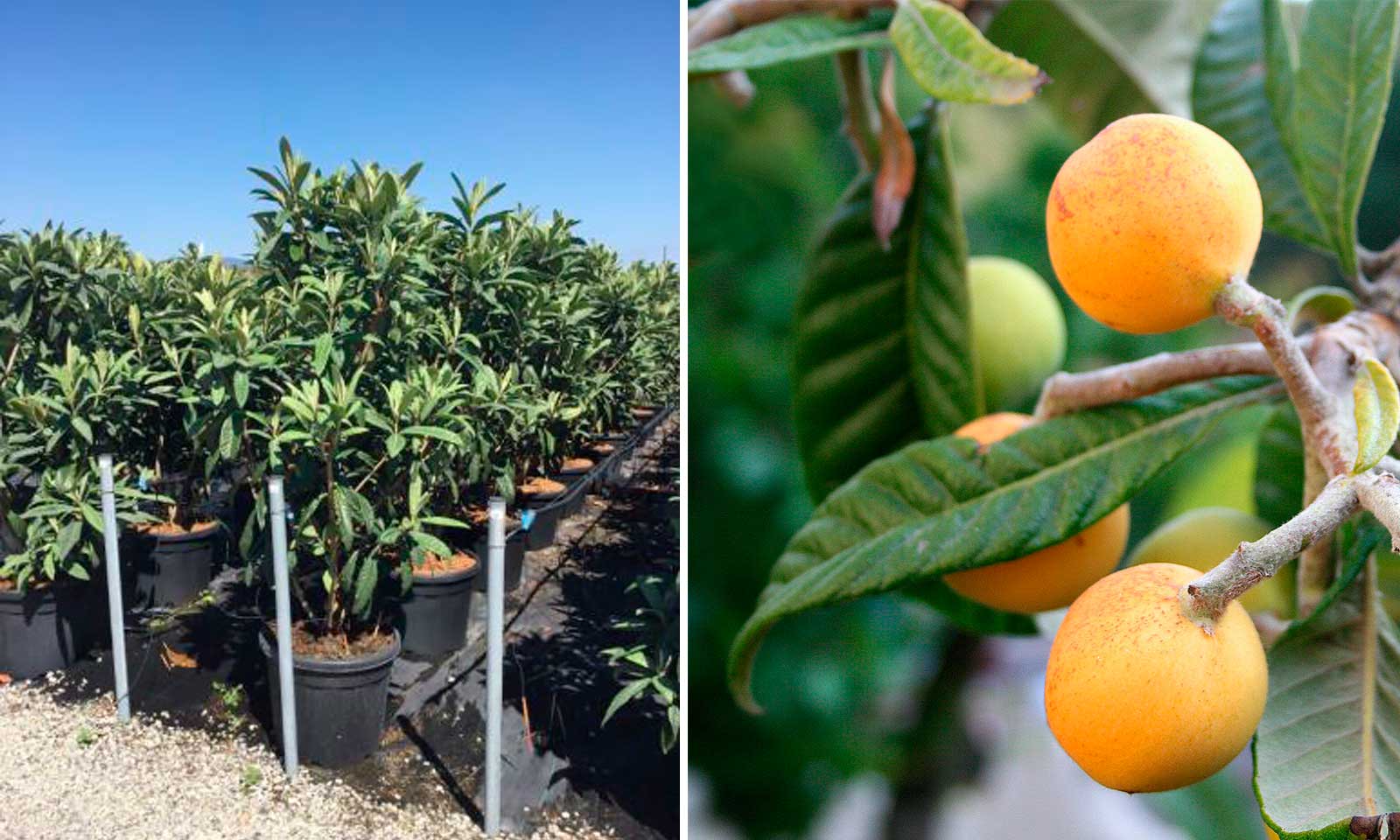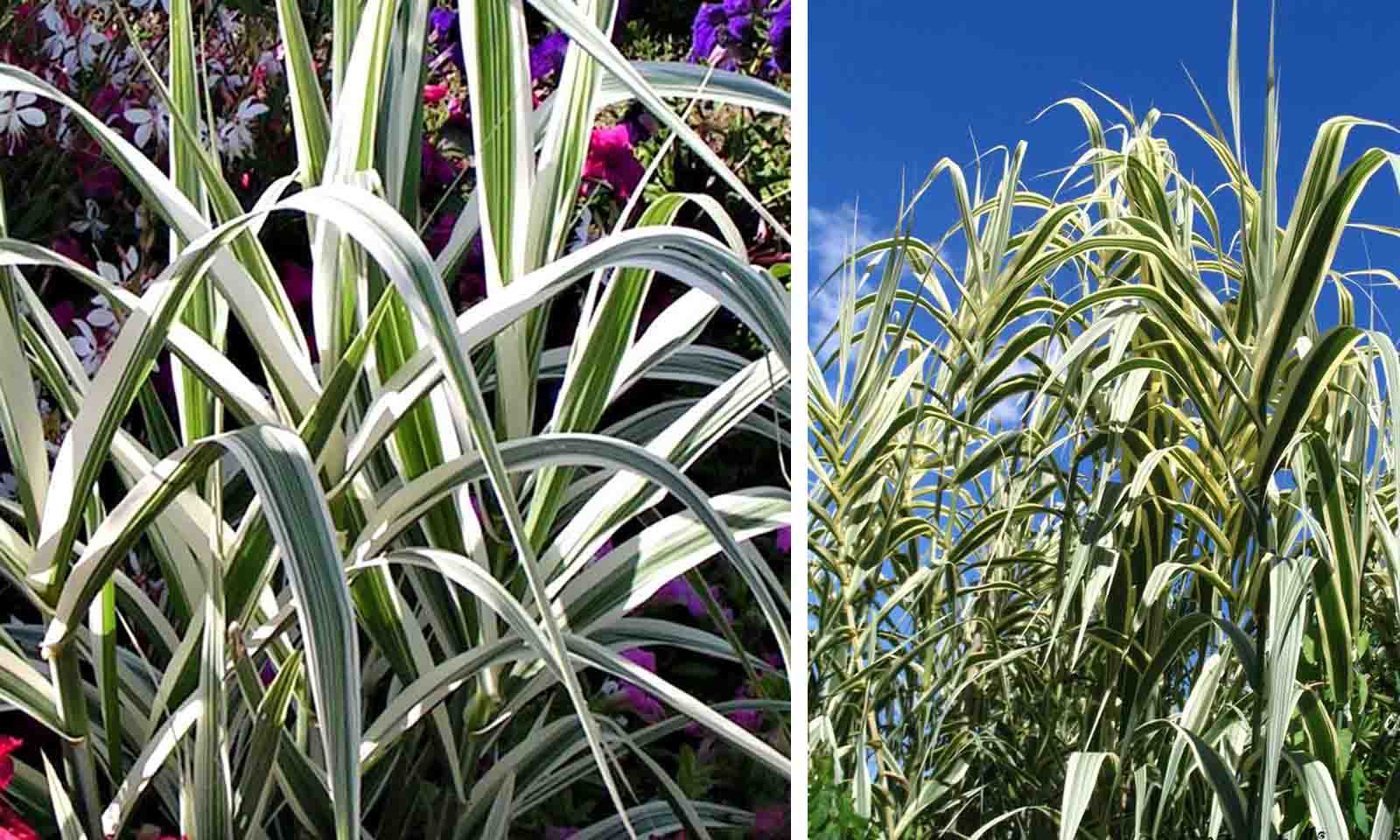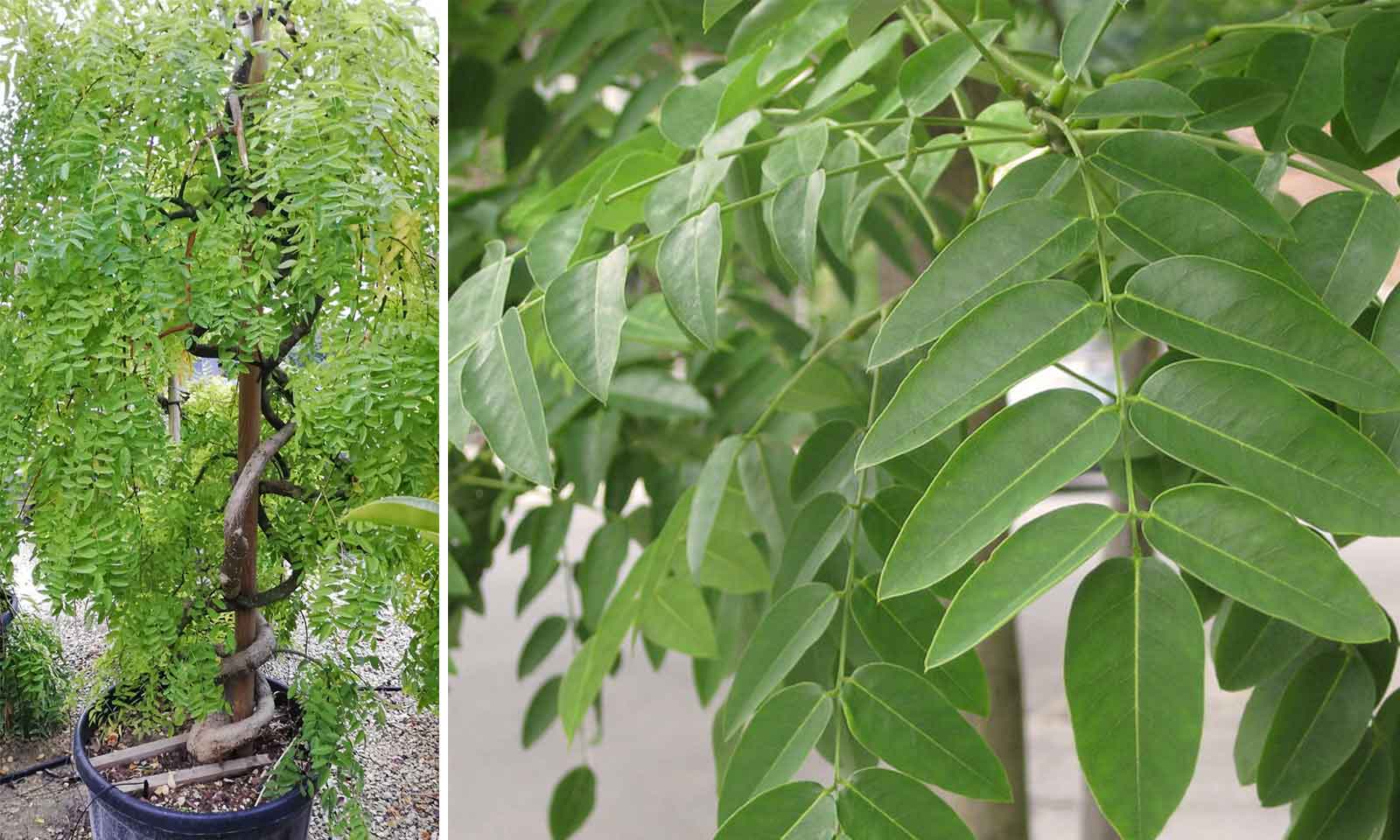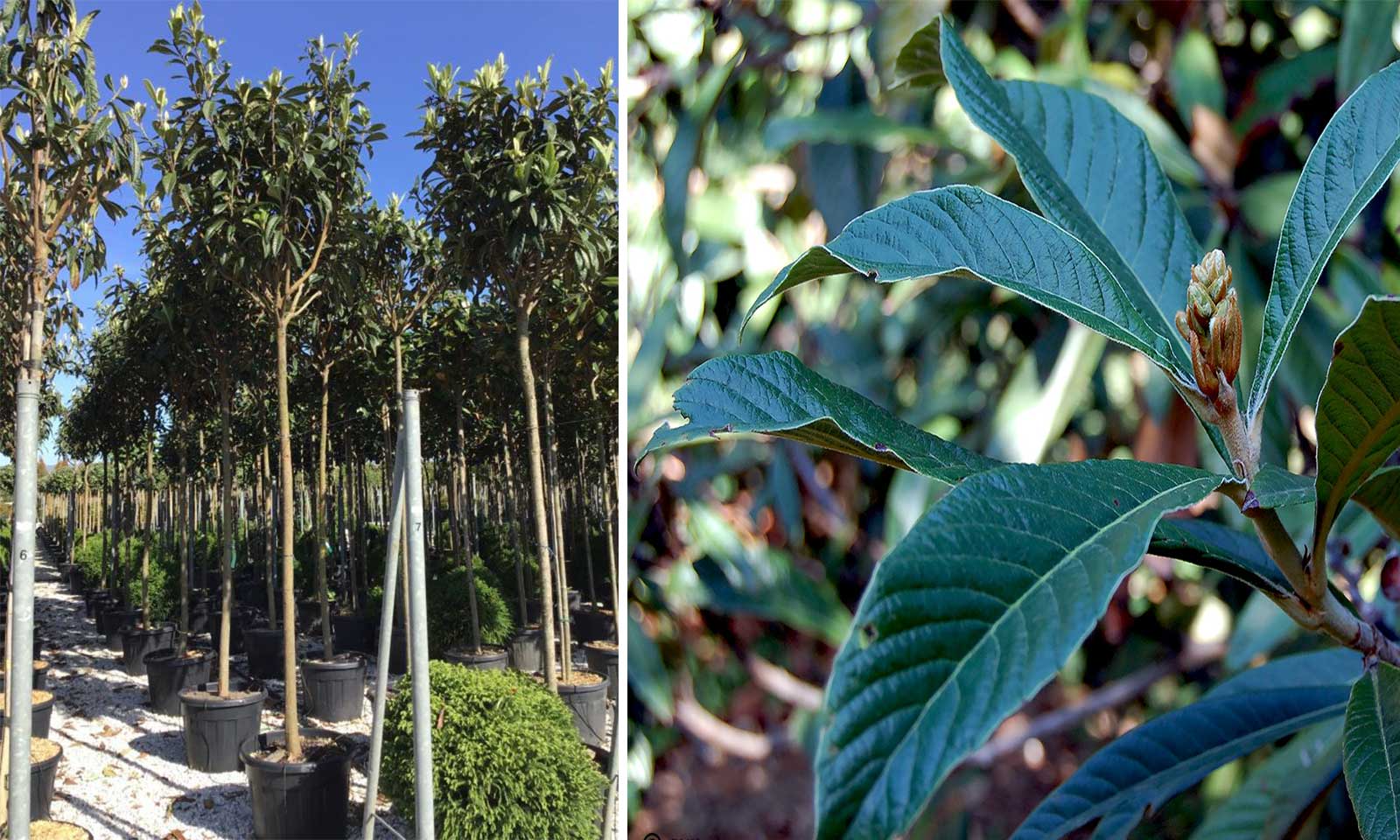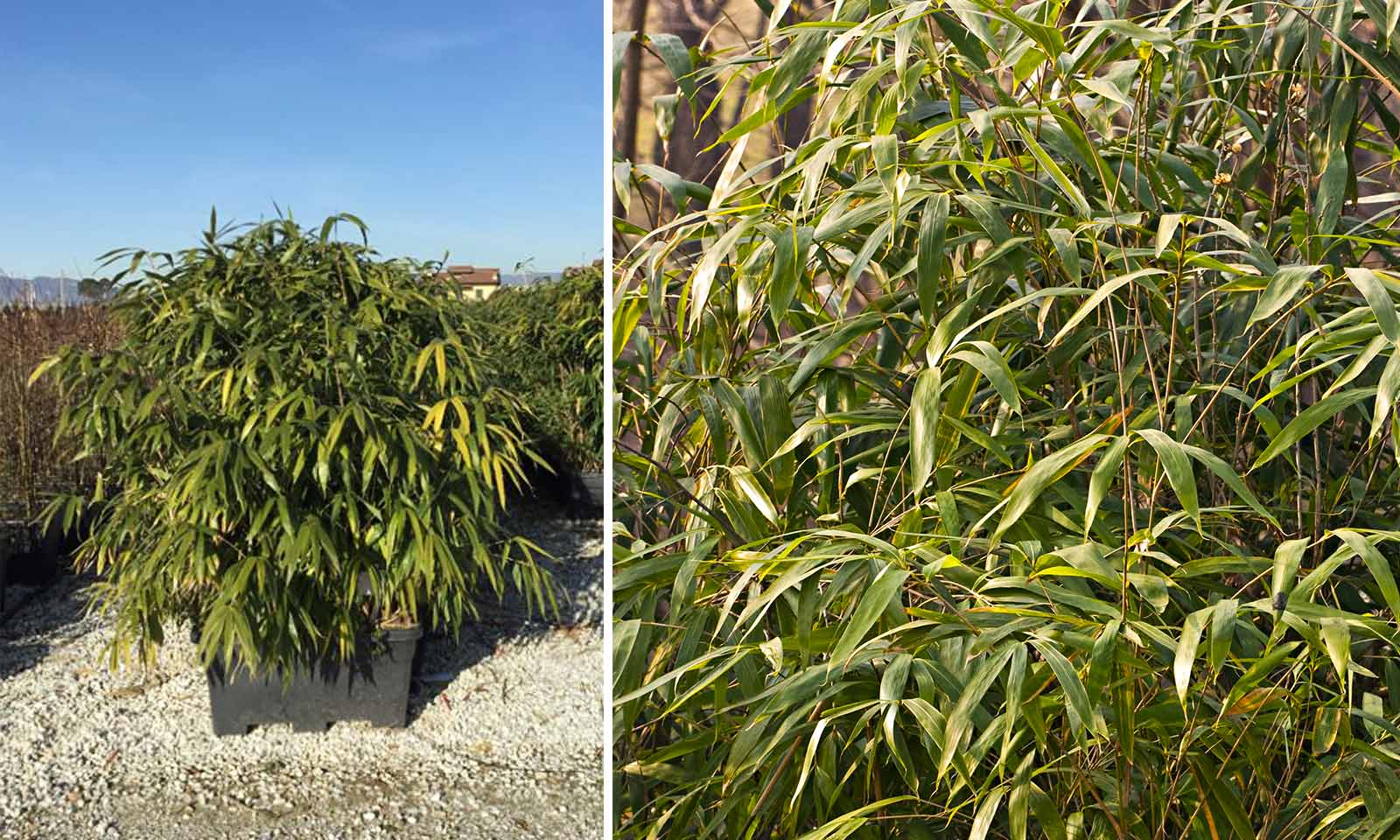Azalea Japonica - Pillow Shape
Belonging to the same genus as the Rhododendron, these are splendid plants that delight the year with their foliage and show of flowers. Perfect for all gardens, excellent for borders and even make for suitable house plants. They generally require acid soils, without chalk, and well-drained. The Azalea Japonica likes full sun. The plant itself is only H4 in terms of hardiness so make sure to shelter in winter time. The plant is prone to potential pests and diseases so keep an eye out for this. Follow the guidelines of pruning group 8 for maintaining this plant.
Product Dimensions
30-50 litre pot: 80-100 cm diameter
Latin Name: Rhododendron
Species: Ericaceae
Genus: Rhododendron
Foliage Type: Evergreen
Foliage: Green
Flower: White, Pink, Red, Purple
Flowering Period: Spring
Suggested Location: Outdoor.
Suggested Soil Type: Moist but well-drained. Sand, Clay, Loam
Suggested Exposure to Sunlight: Full Sun or Partial Shade
Suggested Exposure to Weather: Sheltered
Hardiness Rating: Medium(H4)
Lowest Temperature Tolerance: – 25°C to -15°C (-13 °F to 5 °F)
Growth Habit: Bushy
Pests: May be attacked by vine weevil, rhododendron leafhopper, pieris lacebug, scale insects, caterpillars and aphids
Diseases: May be affected by various Rhododendron diseases including powdery mildews, rhododendron petal blight, rhododendron bud blast, silver leaf and honey fungus
Cultivation: Grow in moist but well-drained, leafy, humus-rich acid soil in a sheltered position in part shade, sun tolerant if soil is reliably moist; see rhododendron cultivation
Propagation: Propagate by semi-ripe cuttings in late summer, layering in autumn or grafting in late summer or late winter
Pruning: Pruning group 8
Suggested planting locations and garden types: Flower borders and beds Low Maintenance City & Courtyard Gardens Cottage & Informal Garden Patio & Container Plants
Final Height: 1.5 m – 2.5 m (4.9 ft – 8.2 ft)
Final Sideways Spread: 1.5 m – 2.5 m (4.9 ft – 8.2 ft)
Delivery Cost: This is calculated based on the total size, weight and quantity of your order, as well as the location of your delivery address. You will see the final price at the Online Checkout Page (before making payment). Our website will automatically calculate the lowest possible delivery price and apply discounts to orders of certain products – giving you the best value delivery every time!
Please note that high-volume orders will decrease your delivery costs significantly by spreading the price across multiple items. Visit our Delivery Policy page for more information.
